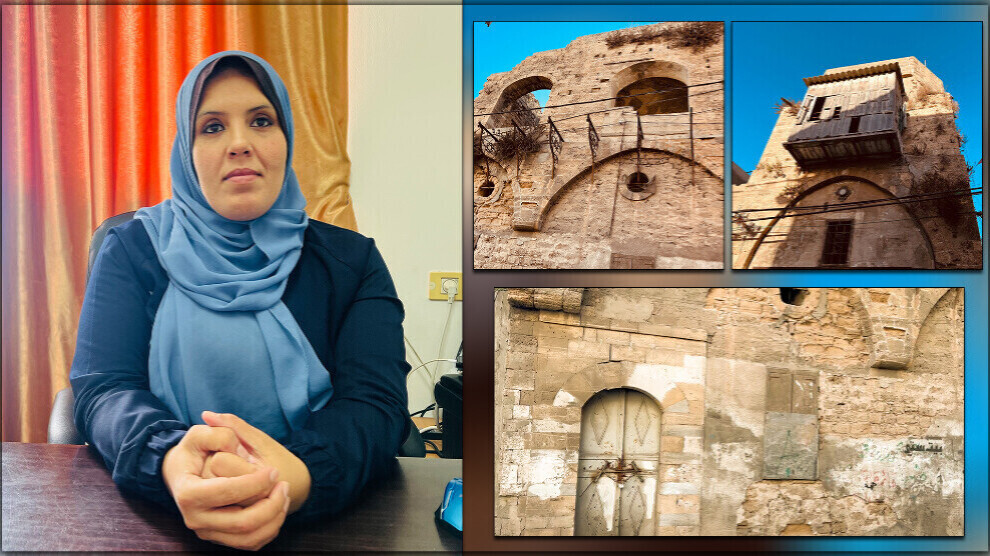“Ancient buildings in Gaza should be protected”
Archaeologist Hiyam al-Bitar says there are 114 ancient buildings in Gaza, which has hosted many civilizations throughout history. “These ancient buildings should be protected,” she adds.

RAFIF ESLEEM
Gaza- The Gaza city which is built on the remains of different civilizations such as Greek, Roman, Byzantine and Islamic, has traces of prehistoric civilizations. Hiyam al-Bitar, an archaeologist of the Palestinian Ministry of Tourism and Antiquities, spoke to NuJINHA about the history of the Gaza Strip.
Stating that there are 114 ancient buildings such as mosques, churches, baths, fountains, walls and forts in the Gaza Strip, Hiyam al-Bitar says, “Gaza is considered the oldest city in the world. There are 114 ancient buildings in the city. The city is strategically situated between two continents, Asia and Africa. This important location made Gaza a vital entrance to the most important trade and military route in the world. This route connects Palestine with Egypt on one side, and the Arabian Peninsula and Southeast Asia on the other. It also connects all of these areas with Europe through the Mediterranean. The city has hosted many civilizations throughout history such as the Pharaonic, the Assyrian, the Persian, the Greek, the Roman and the Crusades. Gaza was ruled, destroyed and repopulated by various dynasties, empires, and peoples. For this reason, the city has many ancient buildings, settlements and houses.”
“The ancient buildings must be restored”
A committee consisting of the members of the Palestinian Ministry of Tourism and Antiquities, Ministry of Local Government and Gaza Municipality has been formed to protect ancient buildings in the city. “Nobody can destroy or remove a part of a historical building, anyone who damages historical buildings faces punishment. Since World War I in 1917, these buildings have been damaged by the British government and the Israeli occupation. All ancient buildings must be restored by protecting the old architectural texture of the buildings.”
